
Jul 6, 2020 | Blog, Learning Organization
On the evening of April 13, 1970, there was a loud “BAM!”, then “Houston, we’ve had a problem.”
Apollo 13 had “lost” the moon because an oxygen tank explosion that wasn’t predicted caused a series of systems failures in propulsion, electrical power, and life support, and the world focused on how three isolated men over 200,000 miles from Earth would get safely home.

Jun 9, 2020 | Blog, Learning Organization
The American Productivity & Quality Center (APQC) has honored MITRE with its 2020 Excellence in Knowledge Management (KM) award, recognizing us as one of the top organizations in the world for our mature KM capabilities. MITRE scored a level five—the highest possible score—in most of the areas the association assessed.

May 22, 2020 | Blog, Learning Organization
Military members and first responders learn early in their training how to deal with stress because of the inherent danger of their occupation. Although stress certainly comes with being in harm’s way, they may also experience stress that comes with facing the unknown, time pressures, and challenging tasks.

Apr 22, 2020 | Blog, Learning Organization
It’s an understatement to say that we’ve all experienced a lot of change during the coronavirus pandemic. Despite the challenges, some positives have come out of this situation, especially when it comes to how federal agencies and other organizations have quickly adapted to keep the government running and work moving. Organizational agility has been a goal for many years now, with numerous agency mission statements highlighting the need for it.
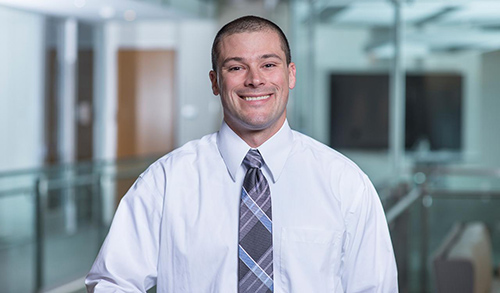
Apr 19, 2020 | Blog, Learning Organization
Agencies call on MITRE to help navigate all manner of unique challenges, but not all projects are lean enough for the innovations that agencies seek. That’s where Justin Brunelle comes in. Justin has developed a reputation as division technical integrator, helping pair trail-blazing research with government use cases.

Mar 21, 2020 | Blog, Cross-Organizational Information Sharing, Knowledge Advantage, Learning Organization
MITRE’s talents for strategic modernization (e.g., enterprise planning, organizational change, business innovation, technology transitioning) are informed by both our explicit knowledge and our tacit knowledge. Explicit knowledge is what we objectively know. Explicit knowledge can be readily articulated, codified, stored and accessed, and transmitted to others, and represents an estimated 20% of our knowledge (e.g., plans, reports, data analysis). Implicit or tacit knowledge is more subjective.

Jan 27, 2020 | Blog, Learning Organization
A recent discussion with colleagues on intriguing approaches and paths to innovation triggered my systems thinking habits – to explore and understand challenges systemically. What I ended up discovering were multiple dimensions of innovation, particularly for collaborative innovation.
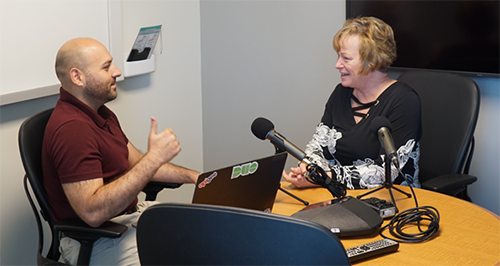
Dec 9, 2019 | Blog, Learning Organization
Innovation doesn’t just happen, and it cannot be forced. It takes time, effort, and commitment to find a new path forward. Still, sometimes asking the right question can set us on that path. That is the goal of MITRE’s Open Innovation Challenge.
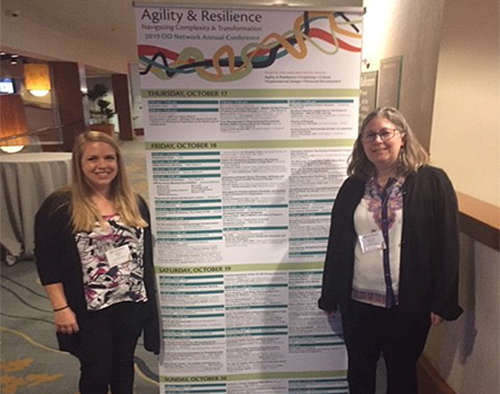
Nov 24, 2019 | Blog, Learning Organization
Every year, MITRE’s independent research and development program receives over 1000 research project ideas from across the organization and selects approximately 200 for funding. When Dr. Shelley Kirkpatrick received funding from the MITRE Innovation Program (MIP) in 2017 to research the principles of organizational agility, little did she know that three years later her work would be a big hit in Las Vegas.
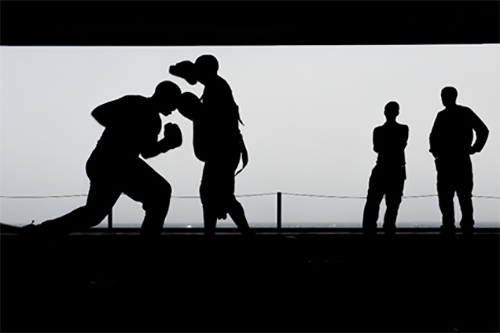
Nov 20, 2019 | Blog, Learning Organization
Most organizations typically plan for one type of opponent (one future) even though a better approach would be preparing for multiple opponents (multiple futures), building in the much-needed resiliency. One approach that helps build this resiliency into organization is Strategic Foresight, an approach developed by Herman Kahn in the 1950s to help the US contemplate and plan for various outcomes of the Cold War including Mutually Assured Destruction (MAD) using applications from game theory.
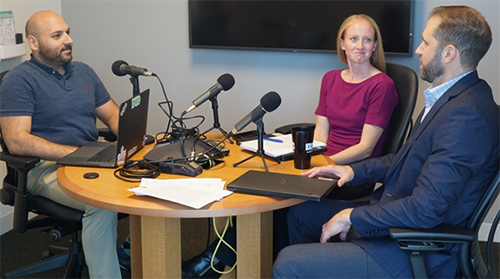
Nov 17, 2019 | Blog, Learning Organization
When you’re a large government organization, it can be hard to be innovative. You have a lot of moving parts and not a lot of time or resources. You can always lean on an innovation organization to help you along the way, but the question remains: “How do you know you’re really innovating?” Fortunately, Paula and Dan are on the case.

Nov 11, 2019 | Blog, Learning Organization
“Field of Dreams” is a delightful movie. If you haven’t seen it, do yourself a favor and curl up on a do-nothing night and watch it. But even if you haven’t seen “Field of Dreams”, I’m sure you’ve heard the most famous line from it, “if you build it, he will come.” But since language is more fluid than the ocean, and changes to suit the context du jour, you more than likely have heard it as, “if you build it, they will come.”
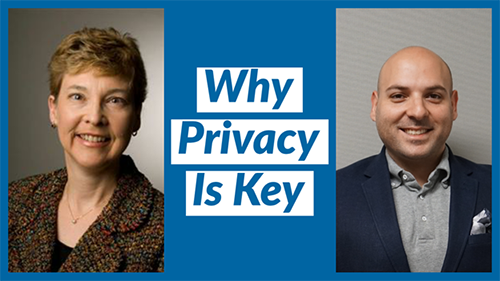
Oct 14, 2019 | Blog, Learning Organization
Privacy engineering involves injecting legal, policy, and ethical requirements into technology. It takes perspective to effectively manage privacy risk while keeping the big picture in focus. Fortunately, Julie McEwen, MITRE’s Privacy Engineering Capability Area Lead, is on the case. She and her team provide policy and technical privacy support to MITRE’s sponsors while managing privacy operations in support of MITRE’s Chief Privacy Officer.
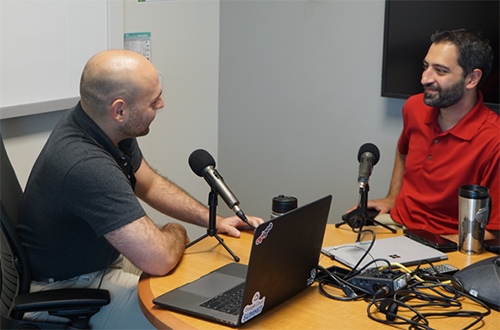
Sep 16, 2019 | Blog, Learning Organization
Awais Sheikh is the Capability Steward for Business Innovation here at MITRE. In this episode Awais helps us decipher a fundamental question for any organization on a mission to better the world. When you get past the hype, what is the real meaning of innovation? And perhaps more importantly, how can we get past the jargon so we can make a lasting, positive impact?

Aug 19, 2019 | Blog, Learning Organization
As part of their research into veteran mental health, MITRE Veterans Council members and the Design for Life MITRE Innovation Program research team hosted a design studio dedicated to hearing directly from veterans about their transition from active duty to civilian life.
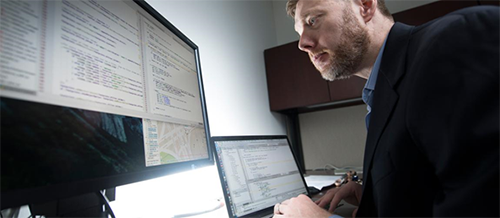
Aug 12, 2019 | Blog, Learning Organization
Coming from a military background, Jay learned about computer programming at a young age and developed a passion for it that introduced him to exciting emerging technologies at Carnegie Mellon, in the Air Force, in the consulting world, and, finally, in his current work at MITRE.
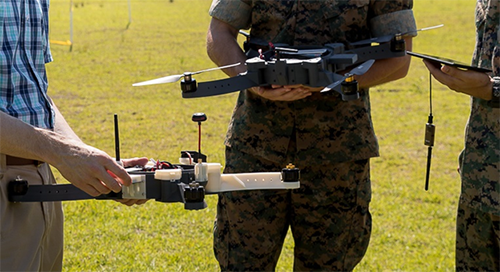
Aug 7, 2019 | Blog, Learning Organization
Andy Chapman’s recent lecture, “Advanced Manufacturing: Enabling Warfighter Innovation at the Tactical Edge,” tells the story of how his team worked with the Marine Corps to develop advanced manufacturing capabilities as part of a project to adopt Small Unmanned Aerial Systems (sUAS) into Marine operations. The MITRE team’s problem-solving approach with sUAS shows that by closely examining the context of the initial goal to identify the root of the problem, it is possible to realize a more complete scope of logistical, economic, and ethical results.
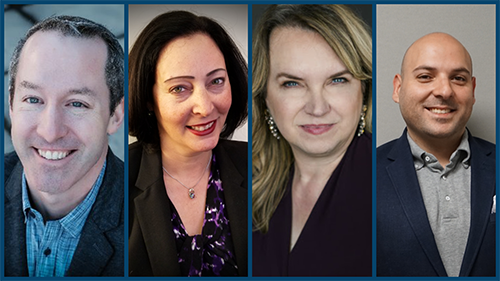
Jul 26, 2019 | Blog, Learning Organization, Uncategorized
In the FY16 National Defense Authorization Act (NDAA), Congress established two Middle Tier of Acquisition (MTA) Pathways to streamline the requirements, budget, and acquisition processes to provide technologies faster to meet emerging military needs. Rapid Prototyping focuses on using innovative technology to rapidly develop fieldable prototypes within 5 years.

Jun 6, 2019 | Blog, Learning Organization, Uncategorized
Terkadang dalam hidup, perlu mengubah kecepatan dan keadaan pikiran, translates from Indonesian to sometimes in life, you need to change your speed and state of mind.
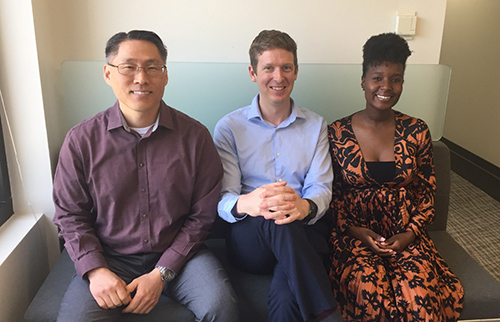
Jun 3, 2019 | Blog, Cross-Organizational Information Sharing, Learning Organization, Uncategorized
This article identifies veterans navigating the process of transitioning to civilian employment in an attempt to highlight the struggles and benefits of being a veteran in the civilian workforce.




















